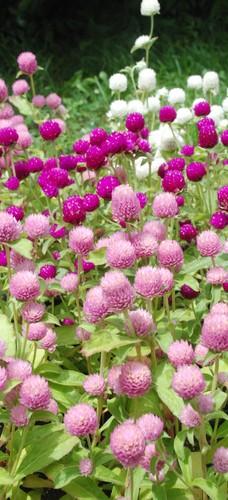Best to naturalize in an open area where it has plenty of room to grow.
Robinia pseudoacacia 'Frisia'
Black Locust
Tips for Homeowners:
To prevent spreading it is best to remove any unwanted offshoots. Avoid pruning in spring to prevent bleeding. Prune to shape to regain a more tidy appearance.
Rate this Plant:

This is a tough, fast growing tree that will hold the golden colored leaves all summer.
- Similar to the Black Locust species, but with yellow foliage
- Adaptable to rough growing conditions
- Fragrant, white flowers
Interesting Notes about Black Locust:
An interesting tree with twisted or zigzagged branching and spines which are most noticeable in the winter landscape or when pruning. It is a good choice for naturalizing because of the spines plus it suckers freely and is prone to weak branching. The beautiful flowers are adored by bees and make excellent honey as a result. This tree is particularly good for growing in really, really poor soils, like what would be found next to a highway or in dry, desolate areas and grows where most other trees do not.

Characteristics & Attributes
Attributes:
- Winter Interest
- Great Foliage
- Drought Tolerant
- Naturalizing
- Fragrant
- Fast Growing
Foliage Color:
- Chartreuse
- Green
- Gold
Exposure:
- Full Sun
Attracts Wildlife:
- Attracts Pollinators
Habit:
- Upright
Season of Interest (Flowering):
- Spring
Soil Moisture:
- Moist, Well-Drained
- Average Water


